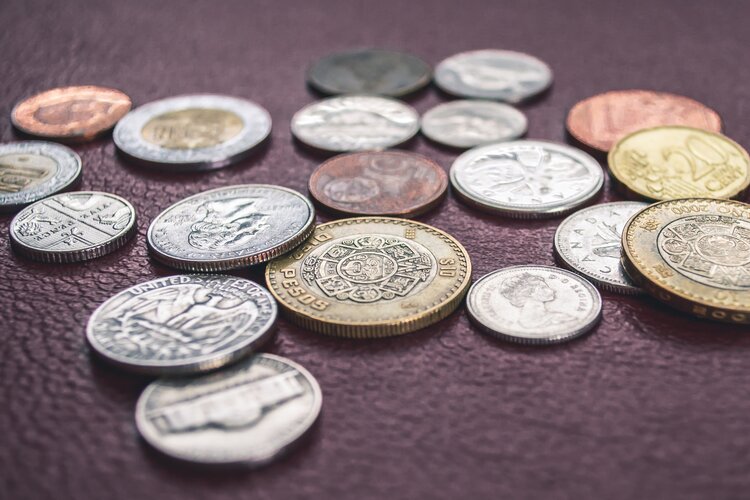After Renault announced its departure this week from the Russian auto market amid the country’s war with Ukraine, the mayor of Moscow announced that his factory will be used to restart the defunct car brand. Moskvich from the Soviet era.
Little known outside the former Soviet Union and its satellite countries, Moskvich was founded around 1930 and operated until 1991.
Like many car brands from communist-bloc countries, Moskvich faced quality issues.
The 1960s Muskovich 408, which had a 50 horsepower engine, was even cited by Soviet officials for numerous defects, according to Lewis Siegelbaum’s book “Cars for Comrades”.
The author describes it, simply, as a “terrible car”.
Despite these lingering problems, the Soviet government struck a deal with French automaker Renault to modernize the factory and increase production to 200,000 cars by 1975, according to the book.
Production ended when the Soviet Union dissolved and Western automakers such as Renault joined.
A part of a former Moskvich factory reopened in 2005 as a joint venture between Renault and the city of Moscow.
Renault also held a majority stake in Avtovaz, the parent company of the popular Russian car brand Lada.
In its statement this week, Renault said the controlling interest was sold to the Russian government, while control of the Moscow factory, where Renault vehicles were made, was sold to the city of Moscow.
Renault left open the possibility of a return to the Russian market later.
“The foreign owner has decided to close the Renault factory in Moscow. This is their right, however, we cannot allow thousands of workers to be unemployed,” Moscow Mayor Sergei Sobyanin wrote in a blog post, translated by CNN Business.
“Therefore, I took the decision to register the factory as a city asset and resume production of passenger cars under the historic Moskvich brand.”
“In 2022, we are turning a new page in the history of Moskvich,” added Sobyanin.
The company will try to keep all of the factory’s current employees working there, the mayor wrote. The factory will also try to source most car parts from Russian companies.
The factory will start producing conventional gasoline-powered cars, but at some point, switch to making electric cars, according to Sobyanin’s blog post.
Sobyanin did not specify which vehicle models would be built under the Moskvich name at Renault’s former factory in the near future, however.
Moskvich traces its roots to what are considered to be some of the first Soviet-designed cars of the 1920s and 30s.
After World War II, the company began producing cars under the name Moskvich, which means “Muscovite”, or a native of Moscow.
Today, around 200,000 Moskvich cars are still registered in Russia, according to the analytical agency Autostat.
Generally speaking, cars produced in the centrally controlled economies of the Soviet Union and its satellite countries were not known for their quality.
Some cars made in communist-bloc countries, such as East Germany’s Trabant, found a cult following in the West.
The Trabant’s body was made of a material called Duroplast that resembled plastic, but was made from a mixture of wood pulp, cotton fiber and resin.
Even so, twists are possible.
The Škoda, which was manufactured in then communist-controlled Czechoslovakia, was acquired by the Volkswagen Group after the fall of the Soviet Union.
Now based in the Czech Republic, it has become one of the most popular and profitable brands in the VW Group.
– Mark Thompson and Reuters of CNN Business contributed to this story.
See the top car launches in 2022
Source: CNN Brasil
I am Sophia william, author of World Stock Market. I have a degree in journalism from the University of Missouri and I have worked as a reporter for several news websites. I have a passion for writing and informing people about the latest news and events happening in the world. I strive to be accurate and unbiased in my reporting, and I hope to provide readers with valuable information that they can use to make informed decisions.






